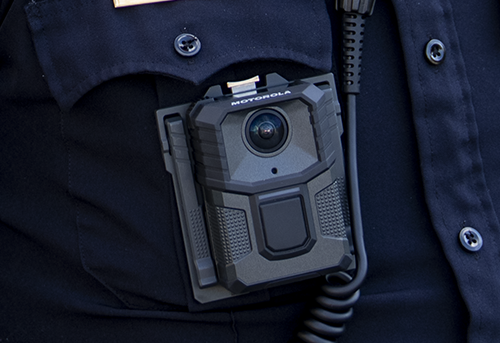The Uganda Revenue Authority (URA) has officially rolled out body-worn cameras for its officers as part of a wider strategy to combat corruption and promote transparency in taxpayer interactions.
However, the move has triggered a wave of uneasiness among some staff, with concerns ranging from privacy issues to fear of being unfairly targeted.
The new initiative, which was proposed in the 2023/24 financial year, is now being implemented across key departments where URA staff directly engage with clients.
Officers are required to wear the cameras during field operations, stop-and-search exercises, and client meetings. The cameras, mounted on the chest, shoulder, or hats, record both video and audio in real-time.
URA says the goal is to deter corrupt tendencies and ensure professional conduct. “These body-worn cameras are not meant to intimidate our staff, but to build trust with the public and promote integrity in service delivery,” a senior URA official noted.
Despite the official explanation, some officers have expressed discomfort, fearing that every move they make is now under surveillance. “We feel like we’re being watched all the time. It’s as if management doesn’t trust us anymore,” one field officer, who asked to remain anonymous, told this reporter.
Others worry about how the footage will be stored, who will access it, and whether it could be used selectively to punish staff. “The intention may be good, but we need safeguards to ensure the data is used fairly and not for witch-hunting,” another officer said.
Such sentiments echo concerns raised in other countries that have adopted similar anti-corruption measures. In Kenya, for instance, both the Kenya Revenue Authority (KRA) and traffic police have experimented with body cameras, with mixed reactions from staff and citizens alike.
Transparency and accountability advocates, however, have welcomed URA’s move, calling it a step in the right direction. “For too long, taxpayers have been at the mercy of unscrupulous officers. This technology will bring accountability on both sides,” said one governance expert.
URA is reportedly working on clear guidelines to address officers’ concerns, including protocols on data storage, access, and usage.
Training sessions are also being conducted to familiarize staff with the purpose and technical use of the cameras.
As the rollout continues, the success of the initiative will likely depend on how well URA balances transparency goals with legitimate staff concerns over surveillance and workplace trust.





